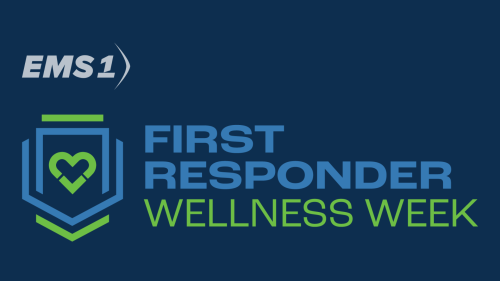Public safety professionals are exposed to unique experiences that others outside the profession often cannot understand or relate to. When processing these experiences and the emotions that come with them, it’s vital first responders don’t feel alone. But who can they trust – to listen well, to understand, to be a friend and to provide that valuable support?
That’s where a peer support program comes in. While it’s not therapy, peer support can be extremely therapeutic and beneficial for public safety personnel, as it’s easier to trust someone who has had similar experiences, who knows the job well and who knows you well.
A peer support program can certainly bring innumerable benefits to a public safety agency, but it isn’t without its challenges. When developing and structuring peer support in your agency, there are many things to consider to ensure the success of and engagement with the program. If peer support isn’t properly developed, established and implemented, personnel won’t utilize it, keeping the program from serving its purpose.
1. Ensuring Confidentiality
One of the most important things you must do when developing a peer support program is to establish clear-cut confidentiality rules and ensure adherence to those rules.
Nationwide studies have underscored the importance of confidentiality for first responders: 76% of law enforcement officers stated they were concerned about putting their job at risk and 81% of firefighters feared being seen as unfit for duty if they sought mental health assistance.
Ultimately, personnel are concerned that what they reveal during mental health conversations will disqualify them from their work. The culture of public safety is one of strength and ability – the stigma around seeking help is in line with what we know about first responders and how they present themselves to their colleagues.
Because of this need for assurance of confidentiality, it’s important to design your peer support program with confidentiality questions – and answers – in mind. This can include issues of communications and when they are subject to disclosure, legality and the impact of legislation on policy, and the differences between key terms such as privacy and privilege.
You must start by answering the question: Are communications in a peer support context confidential? The answer may be more complex than you or your personnel initially imagine. Taking the time to define confidentiality and how it fits into your peer support program will pay dividends over time for both your peer support team members and the personnel utilizing the resource.
2. Establishing Guidelines
Next, it’s important to implement clear policies and guidelines outlining how the program will operate, how issues will be addressed, who will be a peer support provider, and so on.
The creation of a committee, separate from the peer support team members, may be beneficial to many agencies as they work to establish a program. This committee would ideally include an array of both sworn and non-sworn representatives, as well as at least one mental health professional. If the creation of such a committee is feasible for your agency, doing so can be integral in establishing and maintaining guidelines around confidentiality, outlining what types of incidents peer support team members respond to, and providing training and resources to the team. The committee can either operate as an ongoing oversight for the peer support program or disband after a program is established.
Policies and guidelines play an integral role in ensuring the continuity of operations for the peer support team. These guidelines establish things such as the overall structure of the team or the length of term for peer support members. Having clear-cut rules allows peer support team members to focus on providing the wellness support their fellow first responders need in light of legal, interpersonal and agency-specific concerns.
3. Executing Training
While we all understand the importance of training, we must take steps ahead of time to plan and budget for appropriate training for peer support. What good is a peer support program without properly trained members who know how to listen and respond to the needs of those they support?
Just like all other operations in public safety, proper and effective peer support requires ongoing training. This training should cover key aspects of peer support, including active listening, maintaining neutrality, understanding trauma, watching for signs of suicidality or substance abuse and more. Training will differ from agency to agency, depending largely on the needs of your personnel, but should always serve to provide peer support team members with the tools they need to serve their colleagues and refer them to other services when needed. Federal and state resources also exist to assist in the training of peer support team members.
Peer support can serve as an incredible and beneficial tool for public safety agencies – when properly designed and implemented. Leaders must take care when developing a peer support program to provide the necessary framework and assistance ahead of time. Learn more about what agencies must consider before establishing a peer support program and how confidentiality plays a key role.
This article was originally posted July 24, 2023. It has been updated.
















